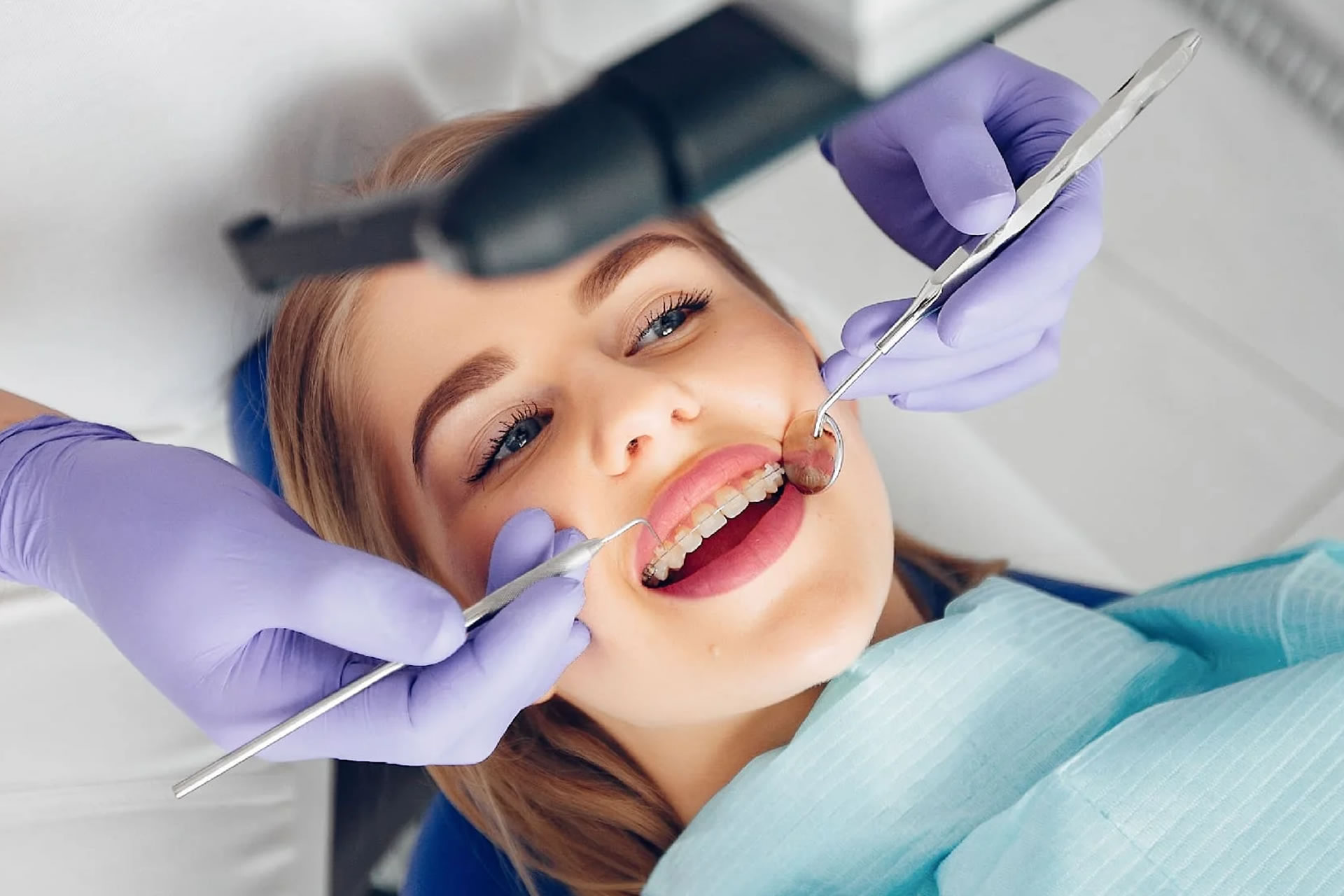Orthodontic Treatment (Braces)
An aesthetic smile is the expression of power;
the smile is the sharp sword of this power.

Orthodontics is the branch of dentistry concerned with treating all kinds of disorders of teeth that are crooked, not suitable for the jaw structure, and that negatively affect speech and chewing functions. These treatments are generally performed to straighten the teeth, ensure a proper bite, correct the jaw structure and improve the aesthetic appearance. Orthodontic treatment can be done using different devices such as braces or clear aligners.
Orthodontic treatment is a method used to correct the position of teeth and jaw structure. The treatment process may vary depending on the needs and condition of each patient. But in general, an orthodontic treatment process consists of the following steps:
The orthodontic treatment process may vary depending on the patient’s age, the condition of the teeth and the complexity of the treatment. The treatment period can usually last from several months to several years. The patient should visit the dentist regularly during the treatment and take care of the health of his teeth.
The end of orthodontic treatment does not mean that the teeth will be properly aligned. After treatment, teeth can return to their previous positions. Therefore, the retention phase is extremely important to maintain the success of orthodontic treatment. This stage is a series of procedures to maintain the new positions of the teeth. Post-treatment retention ensures that the teeth do not shift back to their previous positions and that the treatment is permanent. Retention can be applied in two ways: fixed retention and mobile retention. Fixed retention is applied using a wire attached to the back of the teeth. Removable retention is applied with transparent plaques attached to the teeth.
There are some points to consider during orthodontic treatment. During treatment, care should be taken to clean the teeth. Brackets and wires can cause food to accumulate between teeth. Therefore, teeth cleaning should be done regularly. Additionally, some foods and beverages should be avoided during orthodontic treatment. In particular, hard and sticky foods can damage brackets and wires and prolong the duration of treatment. Additionally, the dentist’s instructions must be followed to ensure proper alignment of the teeth. These instructions may contain important details that may affect the success of the treatment.
